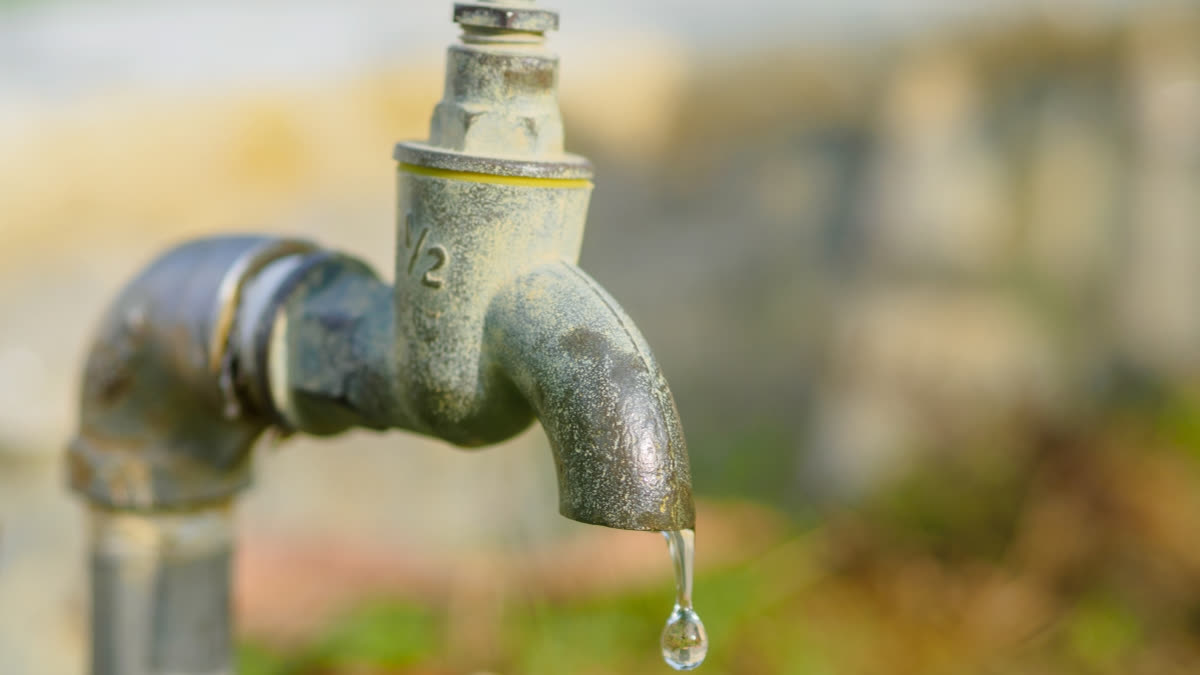Hyderabad: World Water Day, observed on March 22 every year across the globe since 1993, is an annual United Nations Observance focusing on the importance of freshwater.
As the world warms from human-caused climate change, fresh water for drinking, cooking and cleaning is becoming harder to get for many people. The observance of the day becomes much more crucial at a time when several parts of the world, including India, are facing the threat of water crisis.
World Water Day celebrates water and raises awareness of the 2.2 billion people living without access to safe water. It is about taking action to tackle the global water crisis. A core focus of World Water Day is to support the achievement of Sustainable Development Goal 6: water and sanitation for all by 2030.
Theme for World Water Day 2024
Every year, UN-Water, the UN’s coordination mechanism on water and sanitation, sets the theme for World Water Day. In 2023, the focus was on Accelerating Change. In 2024, the theme will be Leveraging Water for Peace.
Why do we need to take action on water?
Access to clean drinking water is a fundamental human right. Yet billions of people live without access to clean drinking water services that are safely managed. This has a huge impact on their lives and on society as a whole. A healthy water cycle is at the core of establishing an equitable society which ensures gender equality, eradicates hunger, provides health and well-being, offers education and protects livelihoods, ensures sustainable development and shields ecosystems.
Water also plays an essential role in climate change adaptation. Without good water governance, competition for water among sectors will increase and water crises of different kinds will become more frequent, leading to emergencies across a wide range of water dependent sectors.
Alarming stats on Water Crisis
- According to the UNICEF report in 2023, 1 in 4 people around the world lack safely managed drinking water.
- 2 out of 5 people still lacked safely managed sanitation.
- 1 out of 4 people lacked basic hygiene services.
- Globally, at least 2 billion people use a drinking water source contaminated with faeces.
- According to WHO, 829,000 people are estimated to die each year from diarrhoea as a result of unsafe drinking water, sanitation, and hand hygiene.
- By 2040, roughly 1 in 4 children worldwide will be living in areas of extremely high water stress.
- Some 700 million people could be displaced by intense water scarcity by 2030.
Situation in India
With more than half of the Indian rivers highly polluted, the waters of the Yamuna, Ganga and Sabarmati flow the dirtiest with a deadly mix of pollutants both hazardous and organic.
Karnataka Chief Minister Siddaramaiah on April 18 informed that the silicon capital of India, Bengaluru is facing a shortage of 500 million litres of water every day, which is about a fifth of the city’s daily total demand.
Some stats to show India's water crisis
- According to the Stockholm International Water Institute, 163 Million Indians lack access to safe drinking water.
- 210 Million Indians lack access to improved sanitation.
- 21% of communicable diseases are linked to unsafe water.
- 500 children under the age of five die from diarrhoea each day in India.
Ramkrishan Malawat, an adult from Bawal, India, in an interview with Associated Press, remembered a time when groundwater was just 21 metres (70 feet) below surface level and a fast-flowing river 10 kilometres (6 miles) away from his farm in Bawal, near New Delhi, provided abundant water. But now the river has run dry and water is 76 metres (250 feet) below ground. “We are forced to dig deeper with every passing year,” he said. Malawat uses a borewell to get water for his crops: mustard, corn and various millets.
The deeper the water is dirtier it is too, he claims, as “the level of contamination by fluoride and other chemicals increases.”
India is the world’s largest extractor of groundwater and pumps out more water than the United States and China combined, according to the U.N.
The extraction for farming, construction and other needs combined with climatic changes like erratic rainfall and extreme heat means groundwater levels are dropping drastically across the country.
“There is so much construction around here and when it rains now, the water just flows away” rather than seeping into the ground and replenishing stocks, Malawat said. Bawal is better known for its auto industry than its agriculture. “I worry sometimes that in 10 to 15 years, there will be no good water available for farming in my town.”



